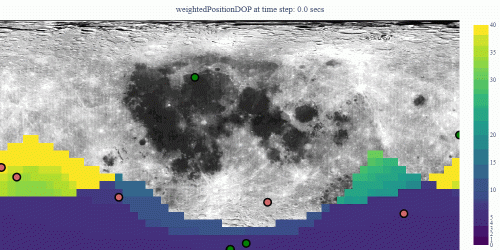
As cislunar space grows in importance, so too does the need for everyone operating there to work together properly. To make sure we're ready when that domain starts filling up, researchers at Aerospace have created a simulation of it where operators can practice safe and effective missions and communications.
"Digital twins provide a collaborative workspace for different organizations to interact and develop hybrid architectures that benefit both government and commercial space," said Dennis Paul, senior project leader in Aerospace’s Space Enterprise Evolution Directorate. "Through real-time data sharing, version control and simulation capabilities, organizations can virtually test system interactions, identify conflicts and optimize designs."
The simulated environment, called the Aerospace Cislunar Modeling Environment or ACME, is state of the art but still a work in progress. Building a true digital twin of the Moon and the space between here and there will be a multi-year project, but ACME has already proved it can be useful.

The researchers used the digital environment to test the capacity of the proposed LunaNet communications architecture in a notional future Artemis mission. Modeling the physics of orbits, laser and radio transmission, and the spacecraft themselves, it demonstrated that such complex interactions can be simulated — and ought to, if stakeholders are to collaborate effectively.
Right now ACME relies on custom tools developed by Aerospace, but the goal is to make it as accessible as possible for anyone to use, from government agencies to commercial providers to scientists and even enthusiasts.
You can read more about the ACME project here.
